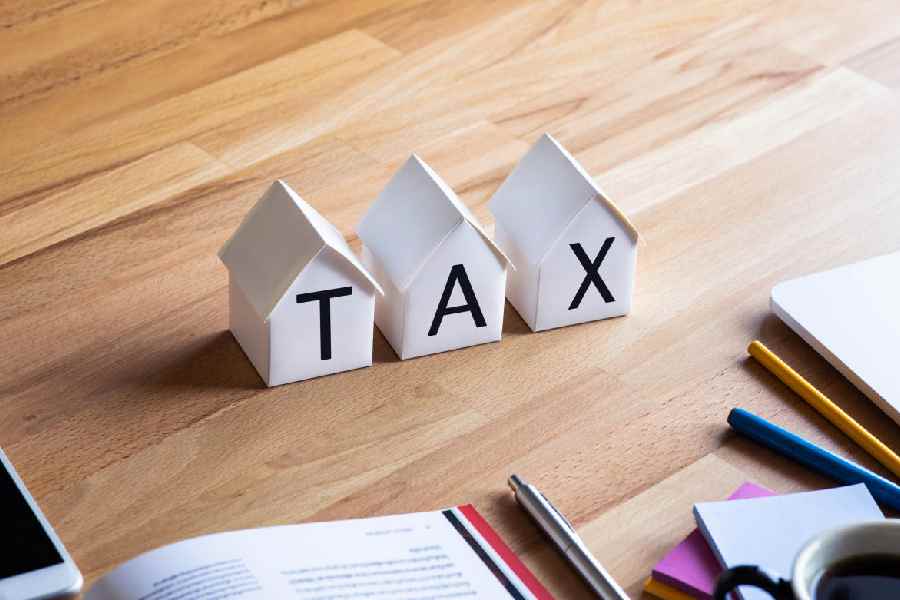Income up to ₹7.75 lakh is now tax-free under the new tax regime, under which exemptions and slabs have been enhanced. The 5 per cent and 10 per cent slabs have been enhanced by 1 lakh each. All put together, the tax savings amount to ₹17,500, the Finance Minister assured us in her budget presentation. Let’s look at the other details from the speech.
Standard deduction up
The zero per cent slab stayed at 3 lakh. There were expectations of higher tax-exempt income. But for now, the FM has focused on loosening the 5 per cent and 10 per cent slabs only. The welcome change is the enhancement of the standard deduction, up by 25,000 to ₹75,000. This means that you could earn up to ₹7.75 lakh without any deductions and still pay no income tax under the new regime. The new regime also provides a small number of other deductions such as interest deduction for home loan on let-out property and employer’s contribution to NPS. You could stretch beyond the ₹7.75 lakh limit, use the deductions, and bring the tax liability to zero at ₹7 lakh.
The big change
The big updates, however, awaited us in the capital gains tax announcements. The big change to which the markets reacted negatively was the increase in equity taxation. Short-term gains will now be taxed at 20 per cent from the earlier 15 per cent, and long-term gains at 12.5 per cent from 10 per cent. While the tax went up, tax-free equity gains increased from ₹1 lakh to ₹1.25 lakh. The holding period for gold is down from 3 years to 2, and the LTCG is down from 20 per cent to 12.5 per cent -- something the markets will like, apart from the custom duty cut today. Indexation benefits on real estate sales no longer exist, and a flat rate of 12.5 per cent applies on long-term gains. This will force a rejig in how people invest in property.
Old regime is history
The old regime remains unchanged. There were calls to update the outdated slabs. But it’s clear now that all the momentum is with the new tax regime and attempts will be made for it to be more attractive to taxpayers. The FM said that two thirds of taxpayers are now on the new regime and it has become the default regime from the last fiscal. This may still leave some taxpayers on the old regime who may not want to give up even small taxsavings of a few thousand rupees. They now have to cobble up various deductions and assess what’s best for them. For instance, at an income of ₹12 lakh, one needs deductions exceeding ₹3.68 lakh to justify remaining in the old regime.
Achieving breakeven
The ‘magic’ deduction, where taxes under both regimes become equal is seen to be around 30 per cent up till the 15 lakh income mark. Between ₹16 and ₹50 lakh, the ‘magic’ number is ₹483,333. This includes the standard deduction of ₹50,000 under the old regime. For example, home loan deductions can be ₹1.5 lakh under 80C for principal payment and ₹2 lakh under 24B for interest. You can add 80D deductions up to ₹ 1 lakh for health insurance premia and preventive health checkups. There’s also NPS deductions under 80CCD, HRA for rent paid, interest deduction for loan on let-out property, and donations to 80G-eligible charities. If you can put together a total deduction exceeding ₹ 4.75 lakh, you’re better off in the old regime.










